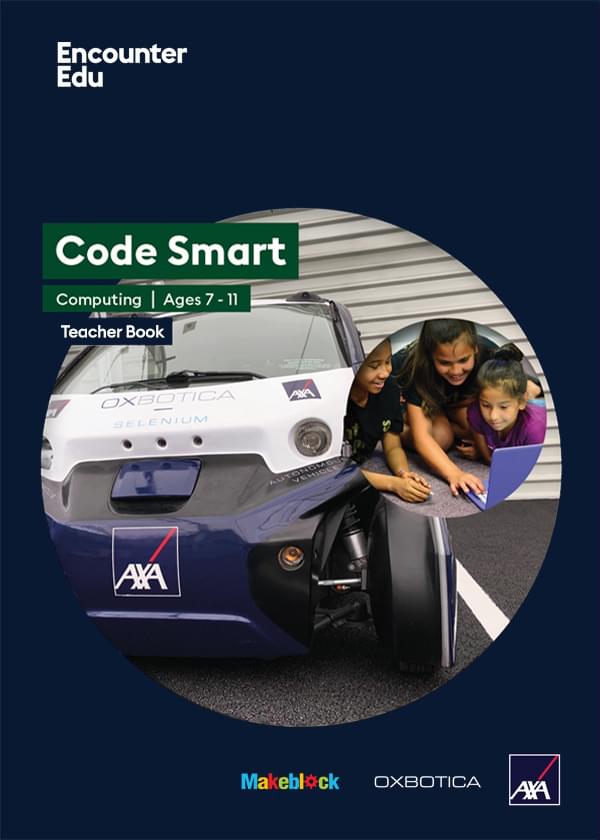About: Oxbotica
Currently, vehicles on the road rely on the intelligence of humans to decide what to do. So in order have autonomous vehicles of the future, there must be an intelligent system that decides what the car should do. Oxbotica is developing this.
The intelligent system within the autonomous vehicle
Oxbotica has developed a system called Selenium that uses patented algorithms to interpret the environment around the vehicle and to navigate the vehicle safely and efficiently. Different sensors, that are mounted onto the vehicles, take in data about their environment. Selenium then uses this information to make decisions about where to go next for example turning right, slowing down, or stopping. What makes Oxbotica’s software solution special is its ability to learn. Data from different vehicles is shared within Selenium, so that the system actually becomes more intelligent over time.
What are the applications that are being explored?
Computers are better suited to receive large amounts of data and don’t get distracted. Autonomous vehicles can help make roads safer and reduce the amount of wasted time in traffic. They can also increase accessibility of transportation for people who can’t currently drive because of physical impairments like poor eyesight or epilepsy. More efficient driving enabled by intelligent systems will also reduce carbon emissions and road wear and tear, both beneficial for the environment.
Oxbotica is partnering with other companies to trial applications in different environments, for example at airports, in mines, warehouses, and even in space. Airports require ground vehicles to transport cargo and supplies to and from airplanes; however, many of these vehicles are used inefficiently. Oxbotica CEO, Dr Graeme Smith said, “Airports offer an incredibly interesting domain for our autonomous driving software. There is a huge diversity of vehicles, each with a very specific mission.” If the trial goes well this could lead to reduced fleet size at the airports and a whole system of different autonomous vehicles at the airport from push back tugs, passenger load bridges, baggage vehicles, and more.

Computing | Ages 7-11
Code Smart
Code Smart is a computing and robotics education programme based on driverless car technologies. Code Smart takes students on a journey from complete beginners to code creators.
